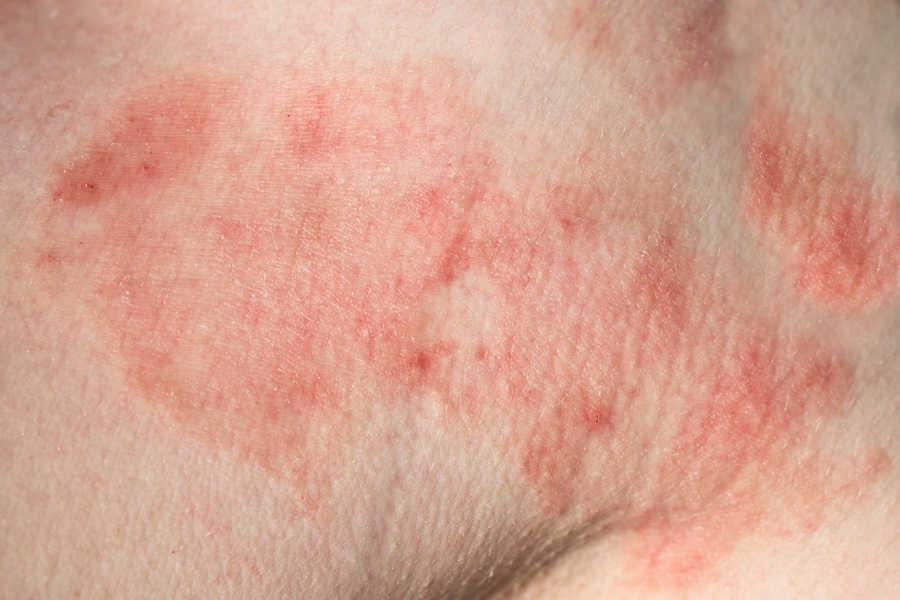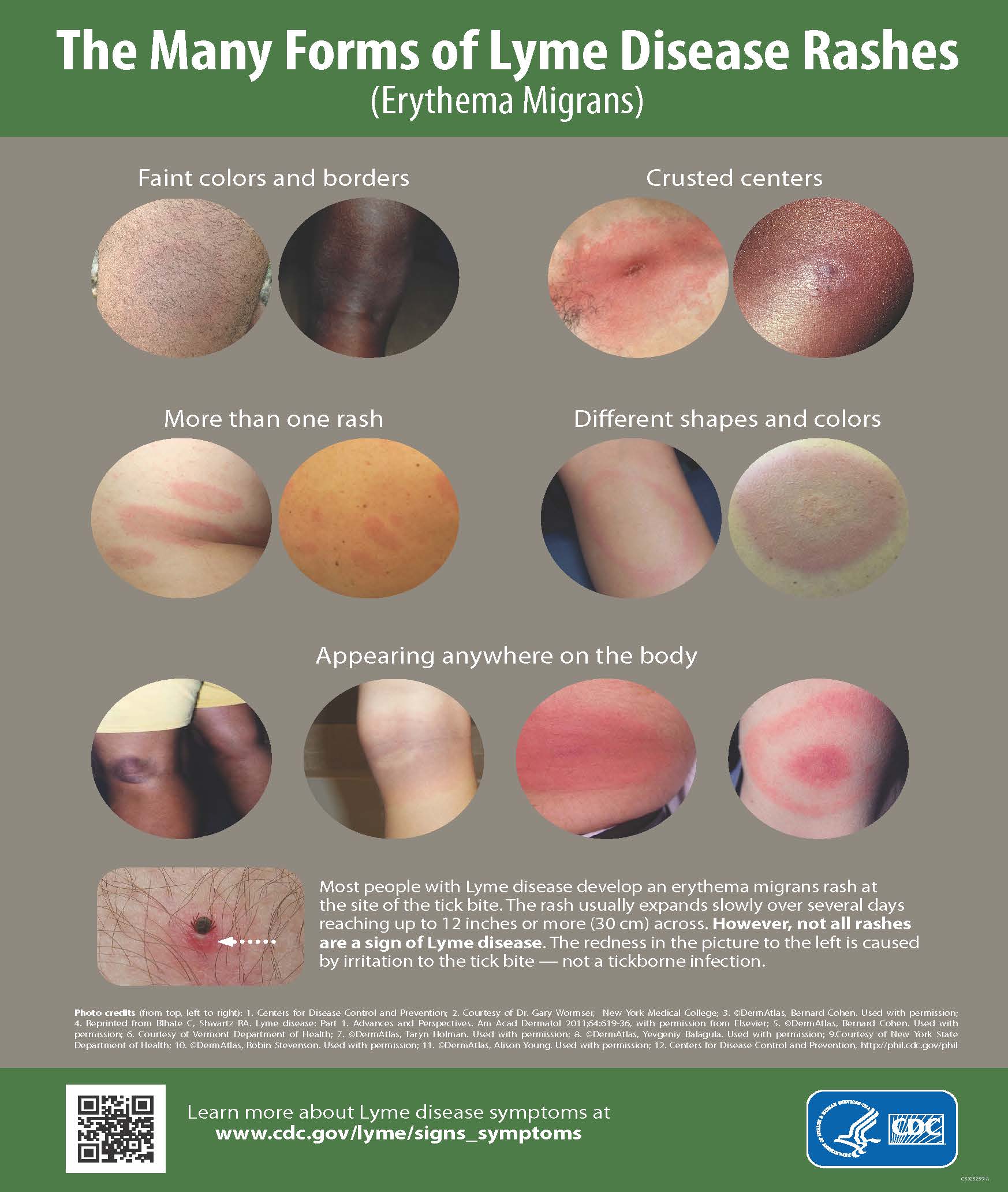Understanding Lyme Illness-- Important Recognition for Avoidance
Lyme illness stays a substantial public health and wellness problem, mainly sent via the attacks of infected ticks, particularly in regions with thick plant life. The very early identification of Lyme disease is critical, yet many individuals stay uninformed of its symptoms or the environments that pose the highest possible danger.
What Is Lyme Disease?
If left without treatment, Lyme condition can proceed to extra extreme stages, possibly affecting the joints, heart, and nerves. Clients might experience joint inflammation, neurological problems, or cardiac conditions. The condition can be challenging to detect, as its symptoms can imitate those of other illnesses. Analysis approaches typically involve a combination of medical assessment and research laboratory testing, consisting of serological assays to spot antibodies versus Borrelia burgdorferi.
Timely acknowledgment and treatment are essential in handling Lyme illness and preventing complications, with very early antibiotic treatment generally bring about positive end results.
Just How Lyme Condition Spreads
Lyme illness largely spreads out via the bite of infected black-legged ticks, also referred to as deer ticks, which lug the germs Borrelia burgdorferi. These ticks are frequently found in verdant or wooded areas, commonly living on shrubs or reduced greenery. They require a blood meal from a host, such as people or pets, to thrive and replicate.
Transmission commonly occurs when ticks affix to the skin and continue to be for an extended duration, typically 24 to 2 days. The danger of infection increases with the period of accessory, as the germs is transferred from the tick's saliva into the host's blood stream. Ticks can be active throughout warmer months, specifically in springtime and summer, making outdoor activities a possible threat for exposure.
While black-legged ticks are the primary vectors, other varieties, such as the Western black-legged tick, can also transmit Lyme condition. It is necessary to be alert in locations where ticks are widespread. Preventative measures include wearing protective garments, using tick repellents, and conducting thorough tick checks after outside tasks to lower the likelihood of bites and succeeding transmission of Lyme disease.
Symptoms and Medical Diagnosis
Identifying the signs of Lyme illness is vital for timely medical diagnosis and treatment, as early intervention can substantially affect recovery. The most identifiable early symptom is the erythema migrans breakout, which looks like a circular, red lesion with a main clearing, frequently looking like a "bull's- eye." This rash commonly establishes within 3 to one month after a tick bite and might be accompanied by flu-like signs such as fever, chills, tiredness, muscular tissue pains, and frustrations.

Medical diagnosis of Lyme condition mainly counts on medical evaluation, taking right into account the individual's symptoms and potential exposure to ticks in native to the island areas. Lab examinations, including enzyme-linked immunosorbent assays (ELISA) followed by Western blot examinations, can support the medical diagnosis however are not conclusive in early-stage Lyme illness. Prompt recognition and medical diagnosis are necessary for initiating ideal antibiotic therapy, which is most reliable when provided early in the condition training course.
Prevention Strategies
Stopping Lyme disease calls for an aggressive method, especially for people who invest time in areas where ticks prevail. The initial line of protection includes wearing ideal garments, such as lengthy sleeves and lengthy trousers, preferably made from securely woven fabrics - Lymecare Alliance. Light-colored clothes can assist in finding ticks much more easily. On top of that, tucking trousers into socks and making use of tick-repellent items containing DEET or permethrin can dramatically reduce the threat of tick attachment.
Consistently inspecting oneself, kids, and animals for ticks after outdoor activities is important. Ticks must be immediately gotten rid of making use of fine-tipped tweezers, realizing them as near the skin's surface area as feasible. It is a good idea to bath within two hours of returning indoors, as this can help remove ticks before they attach.

Therapy Alternatives
Reliable monitoring of Lyme disease hinges on timely and proper therapy alternatives, which largely entail antibiotic treatment. The option of prescription antibiotics and the duration of treatment usually rely on the phase of the condition and the extent of symptoms. Early localized Lyme condition is why not look here generally treated with dental antibiotics such as doxycycline, amoxicillin, or cefuroxime axetil for a period of 10 to 21 days. This approach is normally efficient in eliminating the infection and avoiding further difficulties. Lymecare Alliance.
In instances of very early disseminated Lyme illness, where neurological or heart signs and symptoms might arise, a much longer program of oral antibiotics or intravenous prescription antibiotics may be required. For patients experiencing consistent symptoms after first therapy, understood as Post-Treatment Lyme Disease Syndrome (PTLDS), a more intricate monitoring approach may be called for. This can involve a multidisciplinary technique, resolving not only the physical signs but additionally psychological aspects, as tiredness and cognitive difficulties prevail.
It is essential for people to participate in open communication with their healthcare providers to customize therapy strategies to their certain demands, making sure the most effective possible end results in the management of Lyme illness.
Verdict
Lyme condition poses considerable health and wellness dangers mainly due to its transmission via infected black-legged ticks. Early acknowledgment of signs and symptoms and timely medical diagnosis are critical in taking care of the illness successfully. Applying safety nets, such as safety clothes and tick repellents, considerably reduces the likelihood of infection. Continued understanding and education regarding Lyme disease are essential in mitigating its effect, therefore promoting healthier areas and guarding public health and wellness versus this prevalent tick-borne illness.
Lyme disease mainly spreads out via the bite of infected black-legged ticks, likewise recognized as deer ticks, link which carry the germs Borrelia burgdorferi. Lymecare Alliance.While black-legged ticks are the key vectors, various other types, such as the Western black-legged tick, can likewise transfer Lyme condition. Preventative measures include using protective garments, making use of tick repellents, and conducting thorough tick checks after outside tasks to lower the chance of bites and subsequent transmission of Lyme illness
Medical diagnosis of Lyme disease primarily depends on scientific evaluation, taking right into account the person's symptoms and prospective direct exposure to ticks in endemic locations.Lyme condition positions considerable health threats mainly due to its transmission through infected black-legged ticks.
Comments on “The Role of Lymecare Alliance in Advancing Lyme Disease Study”